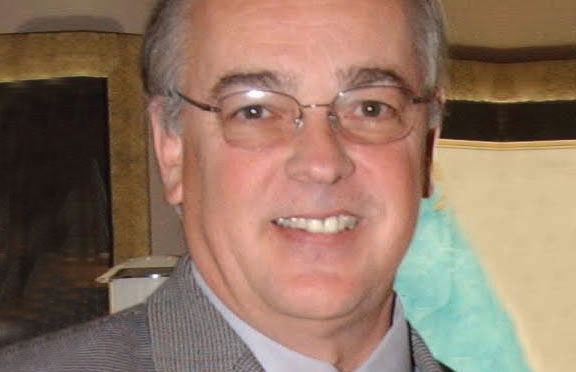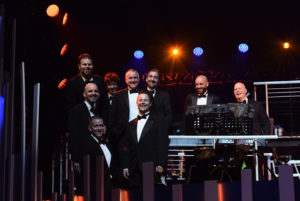We are all familiar with the impact of COVID-19 on our society over the past 18 months—tragic losses, excruciating health struggles, isolation, and a ravaged economy. And it is still not over. However, through the efforts of our health care professionals, essential workers, science, and a prudent approach taken in communities throughout North America, we are finding our way through this crisis.
Ironically, just as the Music Performance Trust Fund was beginning to regain its footing, re-establishing a revenue source, and starting to rebuild our annual grant budget initiatives, the music stopped. As we began our last fiscal year, in May 2020, not only were our overall grant initiatives at risk, but we were facing the possibility that there would be no way to culturally impact communities and support musicians.
After solving the various logistical, technical, and licensing issues, we were able to create a live streaming platform through our Facebook page that provided 722 online concerts from every corner of the continent, granting over $830,000 to make them happen. Due to the health crisis, we suspended the need for co-sponsorship, and fully funded an additional 717 traditional live performances through careful coordination with AFM locals across the US and Canada.
This brought our total grants to $ 1,260,000 for the 2020-2021 fiscal year. Meanwhile, our Facebook page acquired over 5,000 followers who are now aware of every MPTF live stream. In addition, we developed a program that provided 125 scholarships, which provided over $100,000 to the students and families of professional musicians.
We were fortunate to get through those 12 months, as successfully as we did. However, the advent of a new fiscal year on May 1 has introduced new challenges and opportunities. Our first step was to announce a grant budget of $2.2 million. This is the largest grant budget in well over a decade.
We continued the suspension of co-sponsorship funding through the end of July, as well as providing 100% funding for special Labor Day weekend events to celebrate the return of admission-free, live music performances. We have also continued our Music Family Essay Scholarship grants, with the intention of maintaining that initiative for the foreseeable future.
Our efforts have been matched by the proactivity and coordinating efforts of over 90 AFM locals. The MPTF had more than $1 million in grant requests in the pipeline in the first eight weeks of the new fiscal year. Shortly thereafter, we exceeded the grant totals for any previous year in over a decade.
There are challenges that remain as we evolve from the extreme pandemic disruption. Both our Music in the Schools and MusicianFest senior center/assisted living facility initiatives have safety, logistics, and grant administration challenges to be solved.
One of the biggest challenges for the union locals and the MPTF is to re-establish community co-sponsors. It is essential to engage these regional partners to expand the impact of the trust fund’s resources. The MPTF is proving to be a significant bridge toward the commercial expansion of live music as we come out of COVID-19. However, it is leveraging our grants to create the participation of local businesses, arts organizations, and municipal governments that will position professional musicians more significantly and further prove that music is an economic power.
As we come out of this dark time, we must open our eyes to those who love live music, engage them, and shine a light on opportunity. The MPTF is here to support that engagement.







